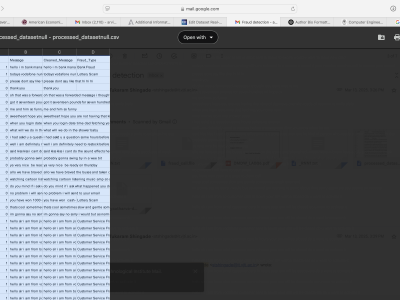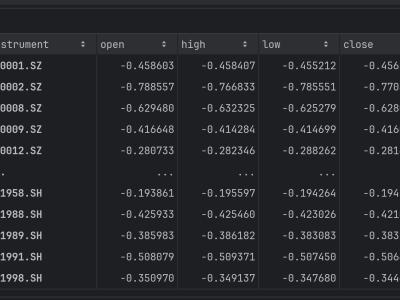
Scammers have siphoned away over \$1.03 trillion globally in the past year, emphasizing the urgent need for effective fraud detection systems. Fraud detection in telecommunication systems remains a significant challenge as fraudulent activities constantly evolve, resulting in financial losses and security risks. This paper proposes a fast and efficient machine-learning-based fraud detection system that analyzes phone call transcripts using Natural Language Processing (NLP) techniques.
- Categories:




